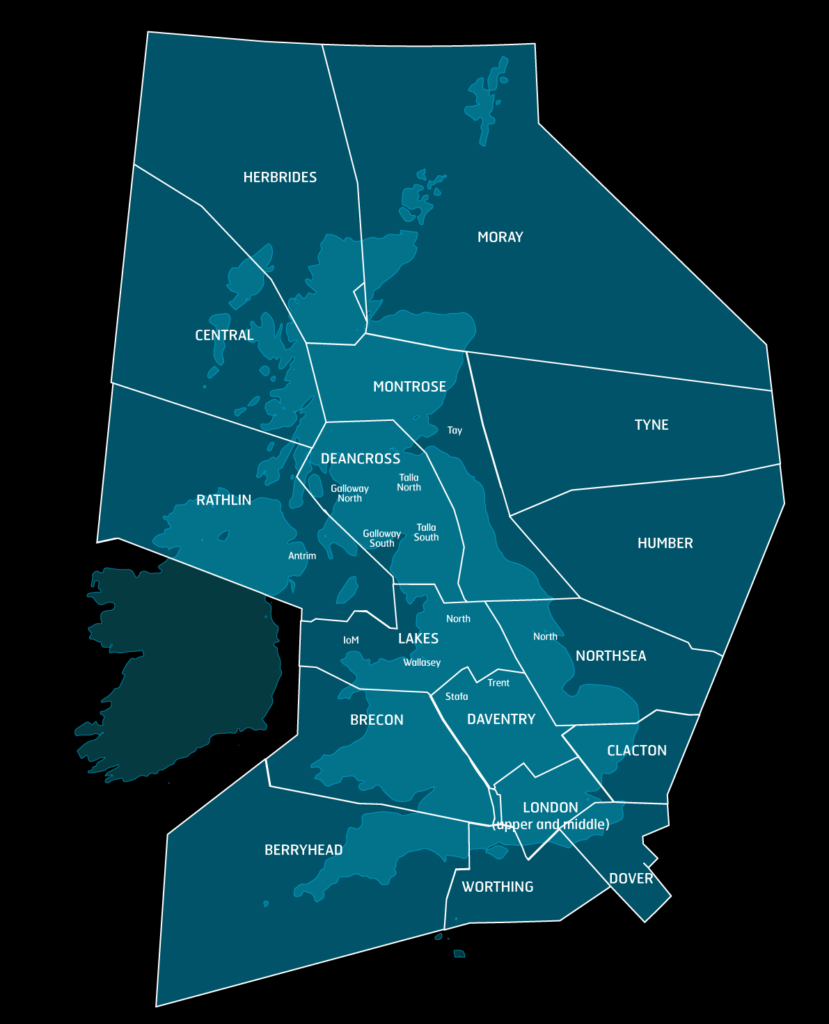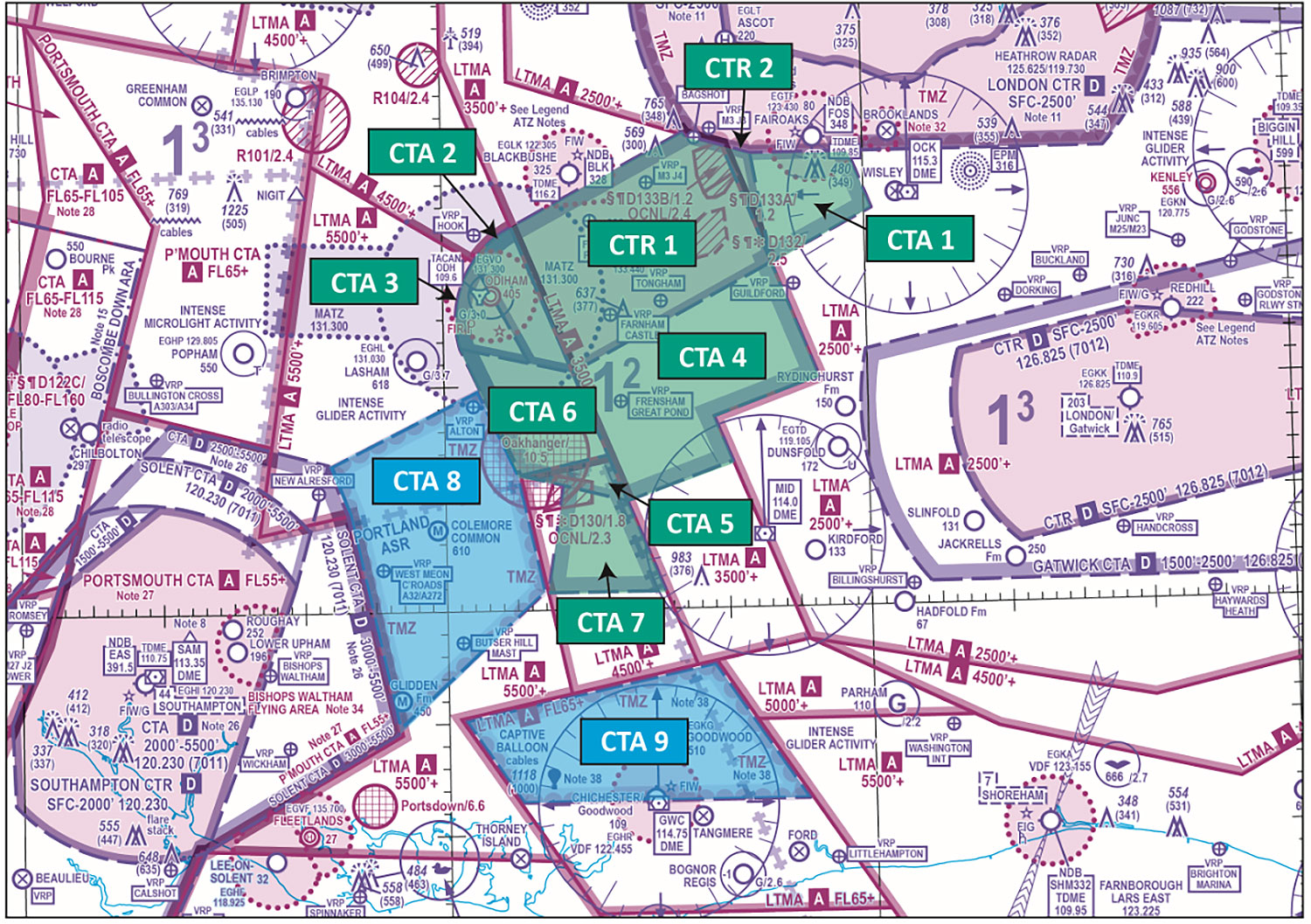class g airspace uk
S11 Class G airspace in the UK continues to evolve and contain a very broad range of activity from Commercial Air Transport to high energy military to all types of sport and recreational flying. This autonomy is a fundamental concept within Class G operations.
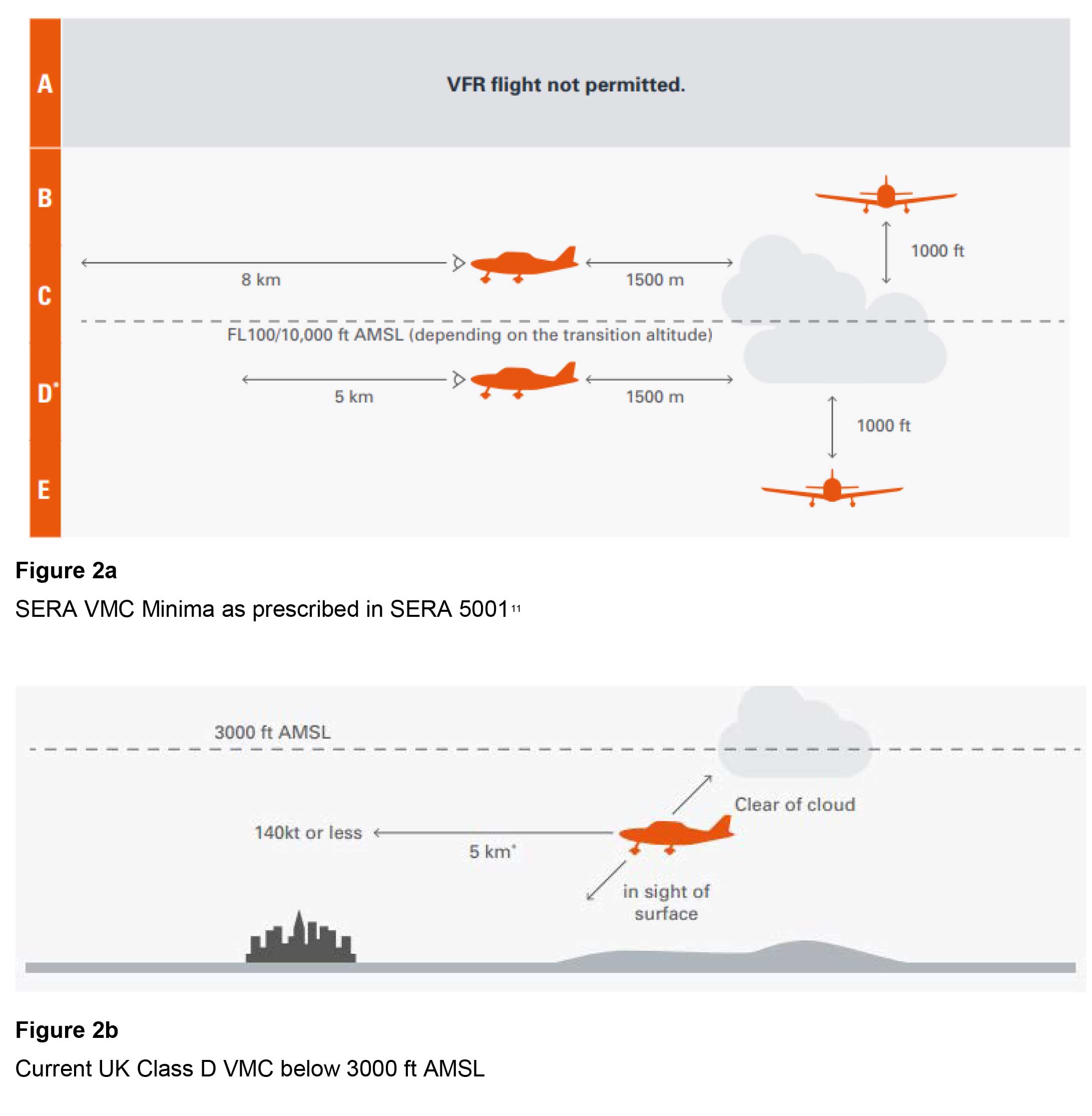
Changes To Vfr In Class D Airspace Deeply Flawed Flyer
Class G Airspace.

. These ATS are provided in accordance with CAP 774 UK Flight Information Services UK FIS which explains in detail the ATS available in Class G airspace and where. Those parts of the Channel Islands TMA North which lie within the London FIR and are located below the lower limits of the Berry Head and Portsmouth CTAs are notified as Class G Airspace. Those parts of the Channel Islands TMA South which lie within the Brest FIR are notified as Class E Airspace and are controlled by Brest ACC.
It extends from the surface to the base of the overlying Class E airspace. UK Civil Aviation Authority Statement. No airspace is designated Class B in the UK.
Boundaries of Class G Airspace. Class G airspace extends from the surface to the base of the overlying Class E airspace. Londons busy airspace contains all three of the UK controlled classes.
There is an ongoing need to identify and conduct the work required to enable the continued evolution of UK Class G Airspace and operations within it. Class G airspace is the portion of the airspace that has not been designated as Class A B C D or E. That is not otherwise designated Class B C or D airspace.
All remaining airspace comprising by far the largest part of the airspace below FL 195. In air traffic management. Category G airspace is everything else that isnt AC D E and means that the air is uncontrolled formally and pilots can fly there without having to obtain any Air Traffic Control permissions.
Weather Requirements Class G minimum weather requirements exist so that you can see and avoid other aircraft and stay out of the clouds. During crossing FIR boundary at FL 60 we were transferred to London information. Changes to this chart will be notified by amendments to the UK AIP.
In the UK there are currently five classes of airspace. Only selected airspace up to FL245 is depicted on this chart. CAA and FAA joint statement on supporting the future of eVTOL.
Anecdotally there appears to be more controlled airspace but objective evidence was not available. Volume of Class G airspace available are not known. It makes up a large portion of the country.
London TMA Terminal Manoeuvring Area VFR flight not permitted unless any local agreements on which you must be briefed Class B none in UK Class C airspace in the UK extends from Flight Level FL 195 19500 feet to FL 660 66000 feet. In class G ie. More information on airspace classifications can be found in the CAA policy statement The Application of ICAO Airspace Classifications in UK Flight Information Regions4 16.
Therefore for light aircraft. The least restrictive airspace classification applied to all other airspace. Typically Class G airspace includes all of the airspace below 14500 ft.
Whilst an Air Traffic Service may be available in Class G airspace it is not mandated. In the UK there are currently five classes of airspace. All was as planned but later London Info urged us to.
Although ATC has no authority or responsibility to control the ATC pilots should remember there are visual flight rules minimums which apply to. Pilots are free to fly when and where they wish within laws and reason. ACD E and G.
This airspace is usually well away from licensed Aerodromes and busy flight paths. Class A eg. Questions - Class A airspace in UK for GA - Hi guys About week ago I was flying from Ostend to Sothend on PA28.
NATS is the custodian of UK airspace managing the invisible infrastructure that helps a wide range of airspace users to fly safely. London TMA Terminal Manoeuvring Area VFR flight not permitted unless any local agreements on which you must be briefed Class B none in UK Class C airspace in the UK extends from Flight Level FL 195 19500 feet to FL 660 66000 feet. In the airspace highlighted below Class E starts at 1200 AGL so Class G automatically starts at the surface and extends to - but doesnt include - 1200 AGL.
The UK is unusual in that it has not adopted a widespread class E system of airways for most airspace lower than FL 70. Class G airspace is uncontrolled airspace that has not been designated as Class A B C D or E. Class A eg.
Pilots of military aircraft are warned that there are additional airspace restrictions applicable to them which are not shown on this chart. It is therefore designated as uncontrolled airspace. The notified airspace requirements are set out in UK AIP GEN 15 para 53 in the table under 5313.
Classes A C D and E are areas of controlled airspace and G is uncontrolled airspace. Classes A C D E are controlled Class G is uncontrolled. These are contained in RAF Flight Information Publication-PLANNING-Section.
Weather condition was IMC so we were forced to file an IFR flight plan. Most of this airspace is confined to small areas around uncontrolled airports between 700ft AGL and 1200ft AGL. Classes A C D E are Controlled Airspace whilst for Classes F G Airspace the UK has registered differences from the ICAO Standard so as to allow greater flexibility to VFR flights at and below 3000ft amsl and to allow IFR flight in this airspace without the requirement to carry a radio.
The classification of the airspace determines the flight rules which apply and the minimum air traffic services which are to be provided to those with transponders and radio contact. The classification of the airspace within a FIR determines the flight rules which apply and the minimum air traffic services which are to be provided. Special Use and Other Airspace Classes Special Use Airspace SUA is a designated area in which activities must be confined because of their nature where limitations may be imposed upon aircraft not part of those activities or both.
Of note is the requirement d that all aircraft operating under VFR within United Kingdom airspace at and above FL 100 require Mode S Elementary Surveillance. The 5 Classes and what they look like on a chart. They still have to adhere to what is know as VFR Visual Flight Rules just like cars have to adhere to the Hightway Code aviation has their own code called VFR.
Uncontrolled airspace there are currently no restrictions on. This is the only uncontrolled airspace in the UK. Generally Class G airspace extends up to the floor of Class E airspace up to 14500ft MSL.
The aircraft we see in our skies are using an intricate and highly structured route network which keeps us safe as we fly from A to B from the moment we take off to touchdown at our destination. Within Class E and G airspace1 see UK AIP ENR 14 for explanations of the airspace classifications and where they are established in the UK Flight Information Regions FIRs.

Introduction To Airspace The Sky S The Limit Facebook
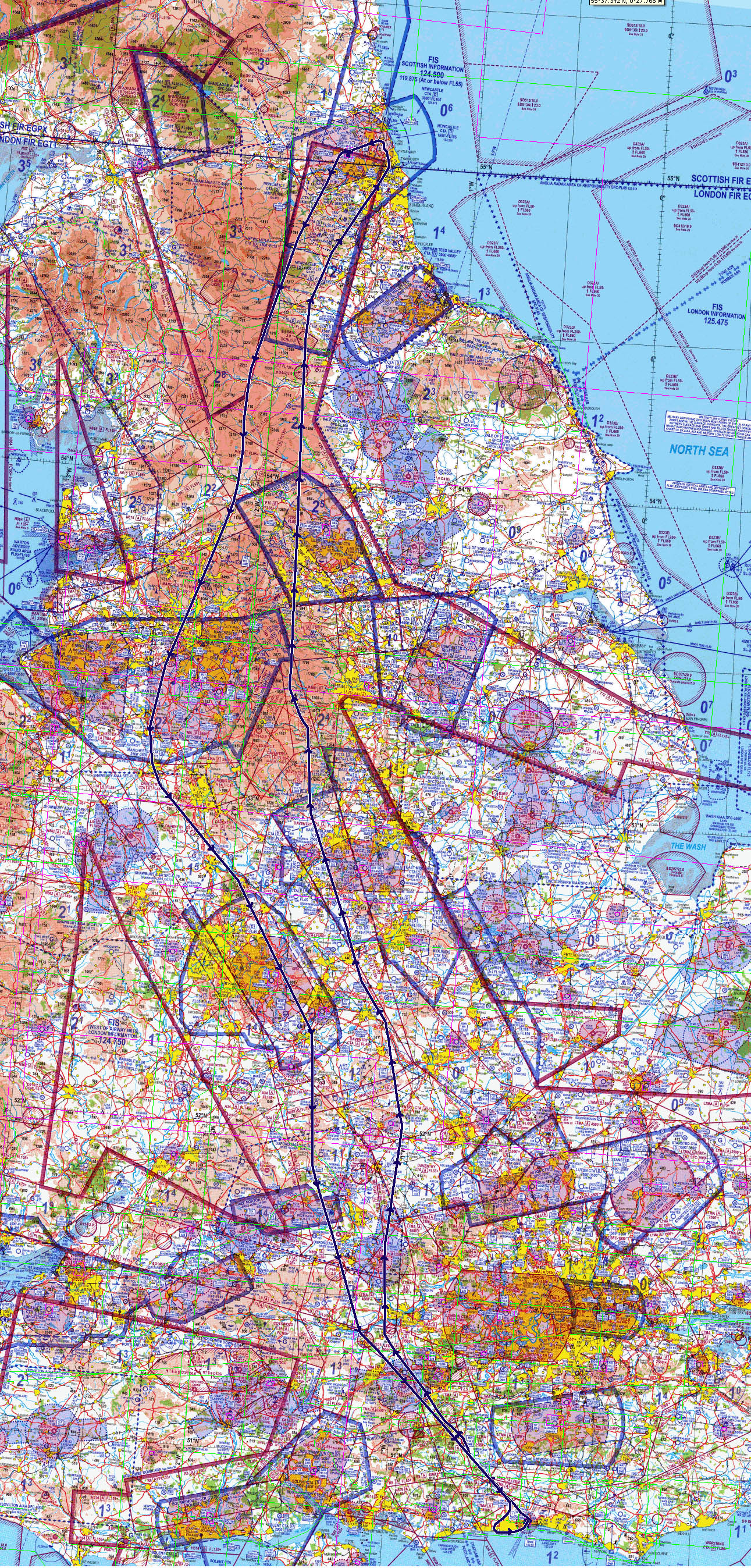
Trip To Newcastle January 2011

Uk Airspace Classes And What They Look Like On A Chart General Paramotor Discussion Www Paramotorclub Org

The Hidden Secrets Of Uk Airspace Airspace Classifications Nats Blog

Uk Airspace Classes And What They Look Like On A Chart General Paramotor Discussion Www Paramotorclub Org

The Hidden Secrets Of Uk Airspace Airspace Classifications Nats Blog

Class G Airspace Everybody Struggles With This One Online Ground School Youtube
What Is Class G Airspace Quora

Uk Airspace Classes And What They Look Like On A Chart General Paramotor Discussion Www Paramotorclub Org

Air Traffic Control Is It Required For Pilots To Contact Atc While Flying Vfr Aviation Stack Exchange
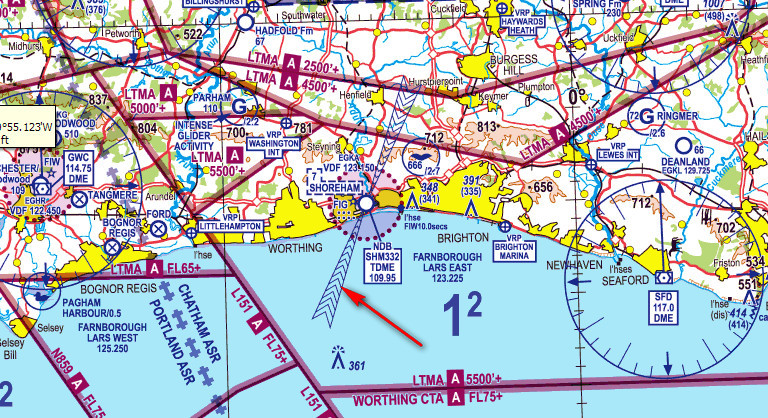
Flying Interaction With Atc In Class G Airspace

The Sky S The Limit The Sky S The Limit Uk Airspace The 5 Classes And What They Look Like On A Chart Safer Smarter Confident Pilots In The Uk There Are
Airspace Classifications Student Pilot Guide

The Hidden Secrets Of Uk Airspace Airspace Classifications Nats Blog

